Curry leaves originated from the plant Murraya Koenigii, generally known as the curry plant. This plant is originally from India and has a wide range of applications. It can be consumed either directly as it is entirely edible, or it can also be used in various forms like powder in manufacturing medicine, flavors, etc. Let’s check out how to grow Curry Leaf/Kadipatta plant at home.
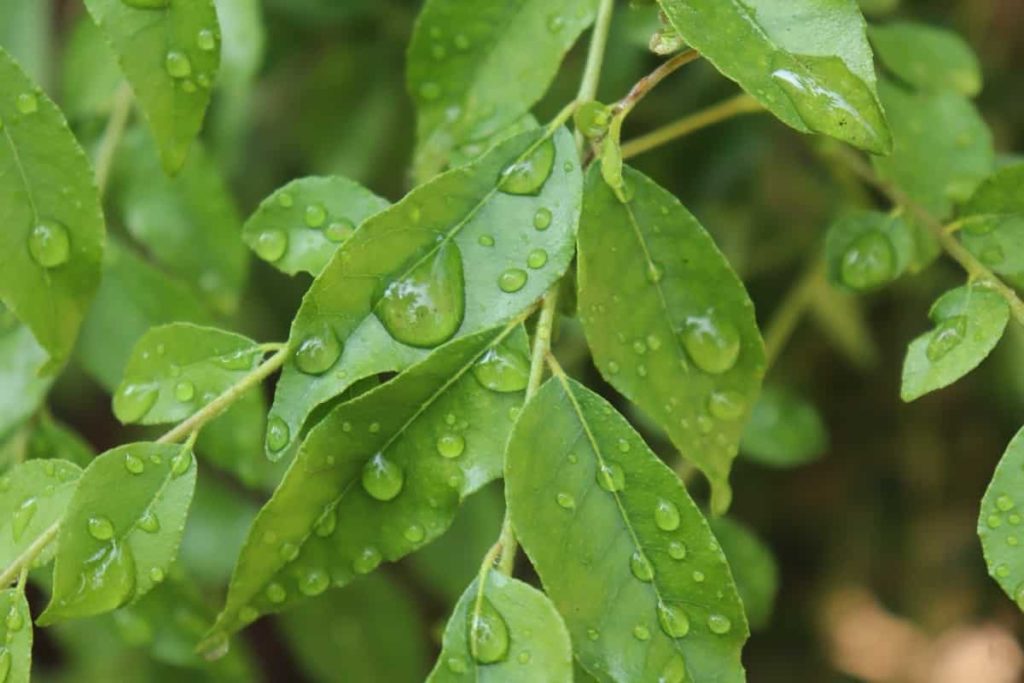
Curry leaves can also aid in hair dyeing, a widespread practice to naturally change hair color in most rural areas of India. In addition, the aromatic nature of curry leaves with an added citric touch makes them stand out in the list of spices and other traditional Indian items of cooking practice. Finally, curry plants offer significant health benefits, primarily being famous for their richness of vitamin A.
Therefore, it is pretty standard, especially in the Indian sub-continental region, that people with defective vision or lack clear vision are advised to consume curry leaves regularly along with other items like carrots, etc. It is a traditional practice in the Indian sub-continent region to grow flowering and curry plants. However, even in countries other than India, curry leaves are popular and are primarily cultivated on home farms. Below are common queries on best practices for growing curry plants at home.
How to grow Curry Leaf/Kadipatta plant at home
How can I grow curry plants at home?
- Curry plants are commonly grown in most households, mostly in Indian regions, but in almost every other country. In addition, curry plants can be cultivated at home on private farms, in backyards, and in pots.
- Usually, curry plants grow high and tall and are best suited to grow on open farms and in spacious locations. The reach of the roots is deep, and the plant spreads in all directions. These plants can be cultivated by germinating from the cuttings of a curry plant stem or seeds.
- Preferably curry plants yield best when planted from the seed stage, as one can have the chance to nourish and care for the plant properly. However, this process has a catch: the germination of curry plant seeds. Getting curry plant seeds to germinate can be a challenging task.
- Growing curry plants in pots imply the requirement of seedlings or germinated seeds. First things first, finding quality curry plant seeds can be quite a quest. Secondly, getting the seeds to germinate takes a lot of effort and support, along with appropriate weather conditions.
- Either case demands quality soil rich in nutrients, preferably sandy loam soil. In addition, the pot has to be arranged, so that excess water is drained from time to time without overdosing the seed. Finally, the pH of the soil, manure quality, and all aspects are to be taken care of.
In case you missed it: How to Grow Microgreens from Seed to Harvest: Check How this Guide Helps Beginners
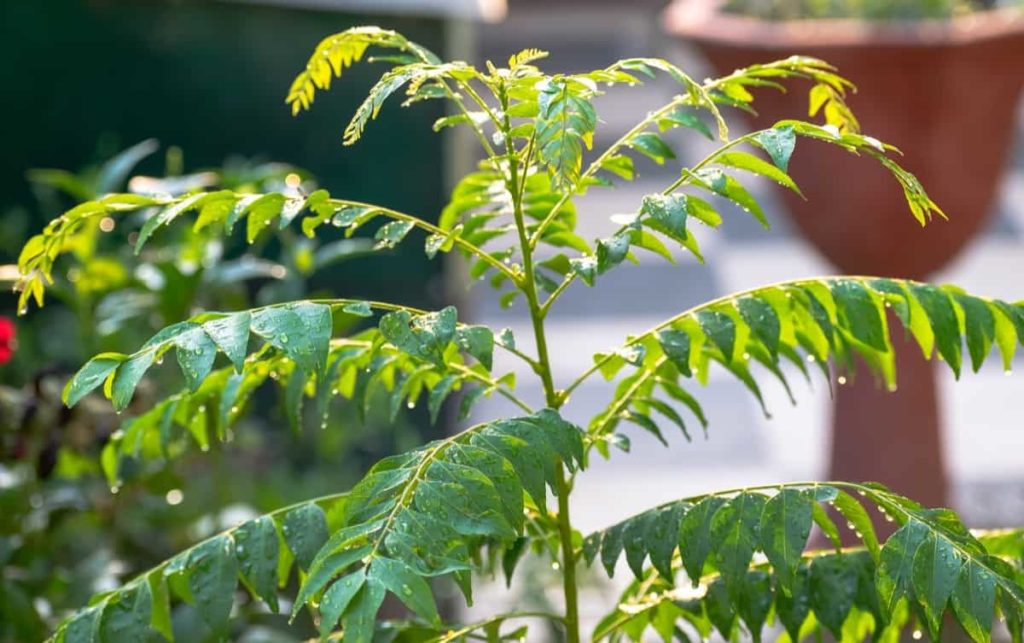
Which month is best to grow a curry plant?
- Curry plants grow best when planted during Spring, which is usually during February in India and November in the US. This is due to the growth duration of the curry plant. It takes a minimum of 2-2.5 years for a curry plant to yield young and tender leaves. This is one of the primary reasons curry plants are planted long before the leaves are desired.
- The month of planting is decided based on the required climatic conditions for the curry plant to thrive and yield to its full potential.
What is the lifespan of a curry plant?
- Curry leaves can survive as long as one can take care of them, i.e., perennial. And the best part is that curry plants do not need much water to grow. Watering the plant once or twice in 3-4 weeks is sufficient to keep the plant active and in a good life.
- However, poor conditioning of soil or not providing enough manure can quickly kill the plant. Hence, all the contributing factors responsible for the growth of a curry plant are to be taken care of.
In case you missed it: Best Practices to Grow Green Chilli (Mirchi): The Best Guide for Beginners
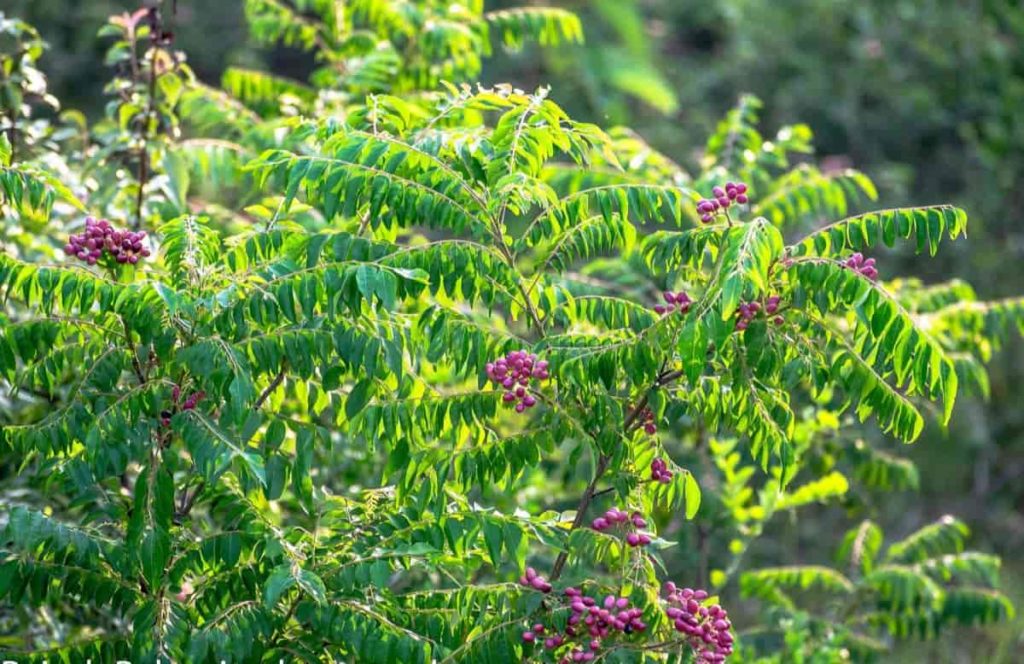
Does curry plant need full sun?
- Yes, curry plants need total sun exposure for most of the day. Curry plants are warm-season trees and take a very long time to grow. Full sunlight and partial shade are the best combinations to which a curry plant can be subjected.
- While growing curry plants in open locations, one has to ensure that the wind flow is not too hard, or the plant may not yield as much as expected.
- While curry plants are sun-loving and warm-season plants remain, it must also be noted that excess sunlight can be equally harmful to the plant. The leaves and tender tissues can wither away even before they grow fully.
- At the same time, if the plant fails to get enough exposure to sunlight, it hinders the basic process of photosynthesis the yield would either be too low or not to the expected level.
How much water does the curry plant need?
- Curry plants do not require much water. They can be watered once or twice in 3 weeks till they grow to full height, which usually takes at least two years.
- The necessary amount of water to keep the soil moist is enough for the curry plant to thrive. Therefore, in the initial stages of plant growth, it is advisable to water the plant twice or thrice a week just enough to wet the soil so that the seeds inside the soil can absorb the water and grow quickly and healthily.
- Once the plant grows and starts yielding curry leaves regularly, once a week of watering in little amounts is sufficient.
In case you missed it: Best Practices to Grow Spinach/Palak at Home: Check How this Guide Helps Beginners
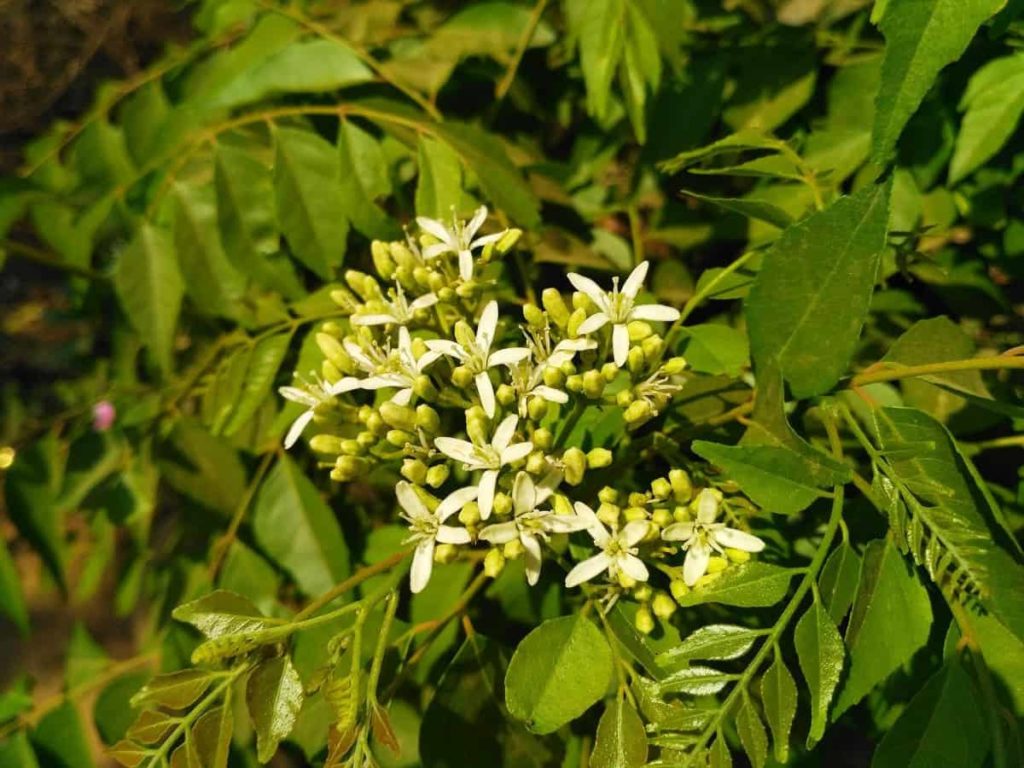
What type of soil is best for curry plant?
- Curry plants grow best in dry soils which do not retain water for longer durations. Therefore, even when the plant is grown in pots, special care is to be taken about the kind of soil used, and the passage to drain excess water must be arranged for sure.
- Soil acidic in nature with a pH value between 3 and 5 can best suit the plant’s growth. Mostly loam soil is preferred as it is most compatible with any plant and can be obtained easily.
- The ideal mixture of soil and manure is equally essential because that can increase the overall yield of the plant.
Can we grow curry plants in pots?
- Yes, curry plants can be grown in pots. However, curry plants are mainly grown in households in pots, primarily due to the lack of a special place to grow such plants.
- Initially, the curry plant seeds are sown into rich soil with proper organic manure and watered regularly till the seeds germinate. Once the seedlings are formed from grains, they are again potted into a larger pot and grown to a certain level where the roots have enough space to pass.
- The process of re-potting is done repetitively till the plant stops growing, and it is then that the curry plant starts to yield. The primary reason for this is the length of the curry plant roots is considerable and cannot be contained in a small pot, thereby needing re-potting.
What is the fastest way to grow curry plant?
The fastest way to grow a curry plant is to ensure the best soil conditions, weather, and manure conditions. Generally, one cannot start harvesting or yielding from the curry plant before two years. But, if the right kind of manure with natural compost is provided with water-draining soil, one can expect rapid plant growth, yielding earlier than the pre-determined time.
In case you missed it: Best Practices to Grow Brinjal/Eggplant at Home: Check How this Guide Helps Beginners
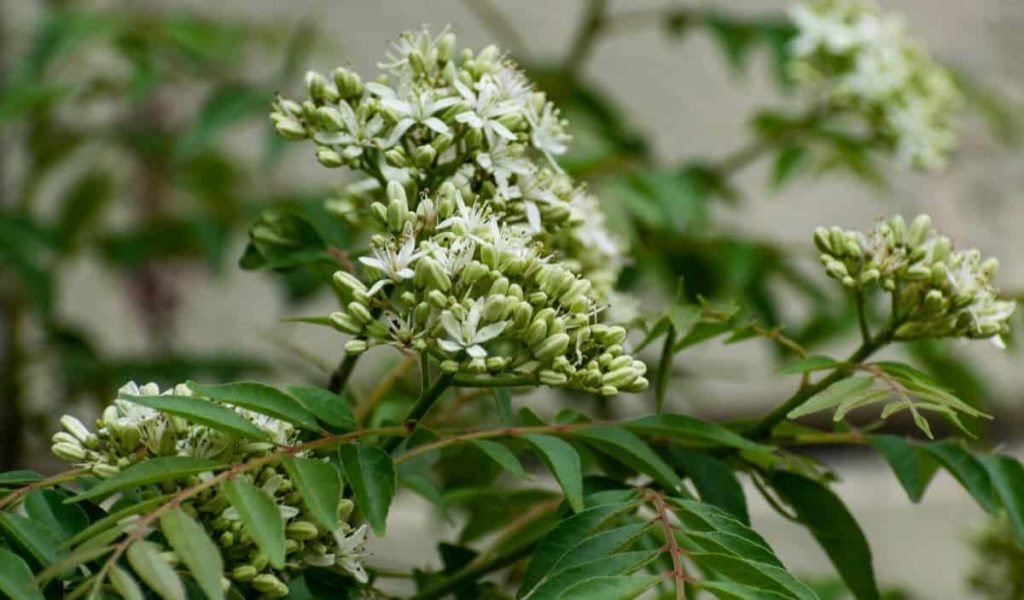
How many curry leaves can you get per plant?
- Once the curry plant grows to its full potential, it can yield leaves on almost every other branch to the edges of the units.
- One can quickly expect 25-30 kilos of curry leaves in one season for just one harvest. The more leaves are exploited, the more fresh leaves keep growing from the tender edges.
- Experienced farmers prepare the most natural compost manure to obtain high amounts of curry leaves and add it to the soil right from the germination stage. This makes the seedling grown to develop into the healthiest plant, thereby yielding the best.
How to know if a curry leaf plant is dying?
- Curry plants usually last for many years with little attention; even watering is needed once or twice a month. Still, curry plants can die due to excess exposure to sunlight, not being protected from pests, and other reasons.
- To check if the plant is dying, the plant’s surface is etched and checked for greenery and moisture content. If the bark is dry and lacks moisture, the plant dies. If not, the plant is healthy and can continue to grow.
What is the procedure for planting curry plant at home?
- Though there are different procedures for planting and growing curry plants in pots and on open farms, the basic requirements remain the same. The first step is to ensure obtaining quality seeds. Seeds often fail in the germination stage due to a lack of quality.
- Once the seeds are obtained, the immediate step is to select the perfect site to grow the plant. The soil used must be ideally acidic with a pH level ranging from 3-5, and must be able to drain excess water and, at the same time, must be able to absorb enough water.
- If the cultivation is planned outdoors, the selected location must ensure proper sunlight for most of the day and little shade at times is recommendable. This is because curry plants require a lot of sun and warm temperatures to thrive.
- If the cultivation is done in pots, the germinated seeds need to be re-potted every time they grow roots to the depth of the pot. Therefore, the latest pot must be more significant and broader than the previous one.
- The germination of the plant to a fully grown tree would take at least 120 weeks. It is only after then the plant grows healthy curry leaves. this duration may change from location to location, time to time, and season to season.
- Mostly the first yield of a new plant can be obtained in March and April, or either in November or December. This is the duration when the Spring sets in and new leaves tenderly grow, and the best yield can be obtained. On the other hand, a curry plant is perennial and can produce throughout the year, provided little attention is paid, and watering is done.
- While the seeds are germinating, care must be taken not to overdose the plant on water. Once or twice a week is enough.
In case you missed it: Best Practices to Grow Cucumber at Home: Check How this Guide Helps Beginners
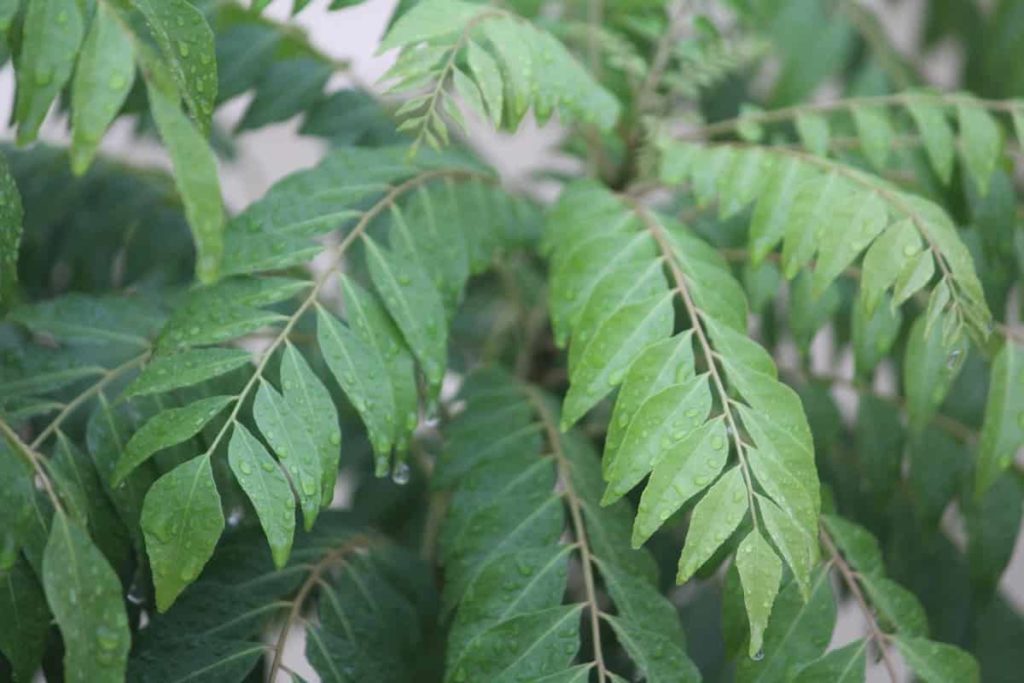
Conclusion
Curry leaves have always been a part of Indian traditional cuisines and will always be. But, not limited to food, curry leaves, and even the curry plant stems have many uses like medicinal values.
- Curry leaves contain herbal values and potent compounds that help a plant grow. Depending upon the intended application, these plant compounds can be used to prepare manure or medicine.
- Curry leaves can make the human body produce antioxidants and strengthen the immune system.
- They contain particular components that reduce the body’s cholesterol levels and the fat retention rate inside the cells.
- Curry leaves also have the brilliant ability to reduce the risk of Alzheimer’s by protecting the nervous system and the neurons by providing them strength. GPx and GRD are some of the potent antioxidants that protect the neurons in the body.
- Sheep Farming Business Plan for Beginners
- Aquaponic Farming at Home: A Step-By-Step Guide
- Profitable Village Farming Business Ideas in 2024
- High-Yield Aquaculture: Fast-Growing Fish for Farming
- Effective Fish Pond Construction Techniques for Beginners
- Irrigation and Water Management in Pineapple Farming
- Blossom to Harvest: Mastering Flowering and Pollination in Papaya Farming
- Pig Fattening Essentials: From Selection to Sale for Beginners
- Raising Wagyu Cattle: A Complete Guide for Premium Beef Production
- Soil Types and Their Water Holding Capacity
- Optimizing Irrigation Schedules for Coconut Groves for Enhanced Yield
- Espresso Your Garden: Coffee Grounds for Healthier Acid-Loving Plants
- The Best Soil Mix for Snake Plants: How to Mix Your Own Snake Plant Soil
- Green Thumb Success: Expert Tips for Cultivating Greenhouse Beans All Year Round
- Bloom All Year Round: The Ultimate Guide to Indoor Hyacinth Care
- Eco-Friendly Gardening: How to Make Liquid Fertilizer from Kitchen Waste
- Ultimate Guide to Grow Anise in Pots: Explore Seed Propagation to Harvesting
- Guide to Raising Chester White Pigs: Discover Breed Facts to Growth Management
- Mastering the Elegance: The Ultimate Guide to Weeping Cherry Tree Care, Planting, and Maintenance
- Ultimate Guide to Planting Garlic in Grow Bags: Growing Strategies for Beginners
- How to Fix Spider Plant Leaf-Related Problems: Natural and Organic Remedies
- 10 Reasons Why Your Tulsi Plant is Shedding Leaves: Home Remedies and Solutions
- Optimizing Growth and Yield: The Advantages of Palm Bunch Ash Fertilizer
- Utilizing Neem Oil Extract as a Natural Pesticide for Hydrangea
- From Soil to Harvest: Various Ways in Which Farmers Can Use AI Tools
- Steps to Encourage and Induce Citrus Flowers: A Comprehensive Guide
- How to Fix Snake Plant Leaf-Related Issues: Natural and Organic Remedies
- Transform Your Garden into a Fragrant Oasis with Raat Ki Rani (Night Blooming Jasmine)
- Discover the Ideal Chicken Breeds for Philippine Farms
- How to Create a Poultry Egg Farm Business Plan for Profits
- Grow Lemon Cucumbers Like a Pro: Insider Techniques for Bountiful Yields
- Ultimate Guide to Caring for Your Pink Princess Philodendron: Tips for Thriving Variegation
- Areca Nut Profit Per Acre: Calculating Yield and Cost of Cultivation
- How Kaveri Chicken is Becoming a More Profitable Breed in Indian Backyards
- Transform Your Barn: 9 Steps to Convert a Horse Stall into a Chicken Coop
- Exploring Suffolk Sheep Disadvantages with Limitations and Challenges
